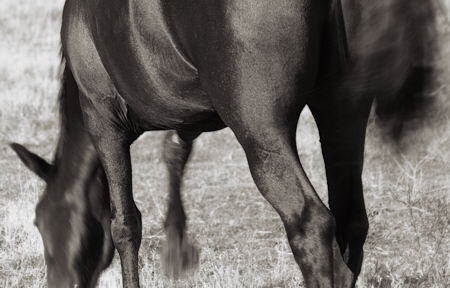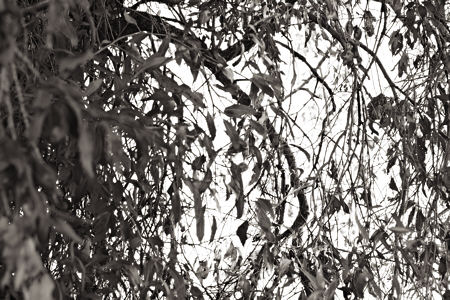First, I tried painting this body of water:
However, the waves looked like worms. I painted over my worms more… »
a multi-disciplinary dialog
First, I tried painting this body of water:
However, the waves looked like worms. I painted over my worms more… »
Wedded to watery motifs, fond of reflection, and taking advantage of a brilliant, calm day in the dunes of Northern Michigan, motifs as the following were collected:
I am continuing to re- and re-read Schmid’s chapter on edges, because I’m not sure I have a decently full grasp of what he’s saying.
The book is Alla Prima: Everything I Know About Painting by Richard Schmid ($50 USD in soft cover from him; more from Amazon and more in hard cover).
Schmid begins his chapter by saying “Think about edges the way you would think about kissing someone…. Think of edges as exquisite subtleties, as the means to transmit romance, as ways to make your dabs or paint whisper or shout and reach nuances beyond the range of color. Think of them as visual poetry… but especially think of edges as you would the agents of expression in music….pianissimo (very soft), andante (flowing), allegro vivace (fast and lively), maestoso (majestic), fortissimo con sforzando (whamo!).

Recent posts here on the topic of edges and their sharpness (or not) have been finding echoes in other places. For example, I’ve just read the intriguing but peculiar short story by Balzac, entitled The Unknown Masterpiece, which I learned of by reading that Picasso was asked to illustrate an edition. He (P) was apparently fascinated enough that he rented a studio in Paris thought to figure in the story; that’s where he painted Guernica.
Despite all the discussion and analysis on A&P, I seldom, if ever, carry it consciously in my head when I’m out photographing. If it happens to be there at the start, it soon flees as I focus on the subject. Sub-consciously, who’s to say? In any case, in my first outing after writing about complexity, I made some pictures that not only relate to that issue, but seem to have a loose resemblance to some of the drawings discussed. They also involve the edges June brought up recently, so I’ll have a look at that, as well.

[Note: This post also appears on my personal blog, southeast main. Jay has persuaded me to cross-post as an efficiency matter. I find it changes my thinking to do it this way, which is a different, but also interesting, topic. Hi all — I’m glad to be back.]
I’m thinking about edges. I have a theory — or rather a “notion,” (which is a theory that is so diffuse it has no edges) — but anyway…..
My theory is that a lot of textile art maintains its textilishness via its edges. And this is in spite of the hand-dyed fabrics, surface design with fuzzy results, sheer fabrics, and other fuzzying techniques of contemporary textile artists. The edges of quilted art are often delineated by the quilting ; sometimes they are even more clearly portrayed with zigzag applique. Applique by itself lends itself to clean edges, as do commercial fabrics. Piecing fabric together gives a seam line, which makes an edge, even when the fabrics are close in color and value.
The clarity of edges in textiles tends to pull the textile toward something I think of as “good design” such as can be seen in magazine ads and hard-edged abstract art. This clarity has a certain appeal –it’s clean, not mushy, not sentimental. Clarity has a sureness of feel about it (which is probably why it’s so popular in advertisements). It’s also good for a certain kind of whimsicality, of child-like sensibility. The “faux representational” look in textile art often derives from its clear, often hard, edges.
Arabesque, 40″ x 40″, hand-dyed cottons and silk hanks, appliqued and machine quilted